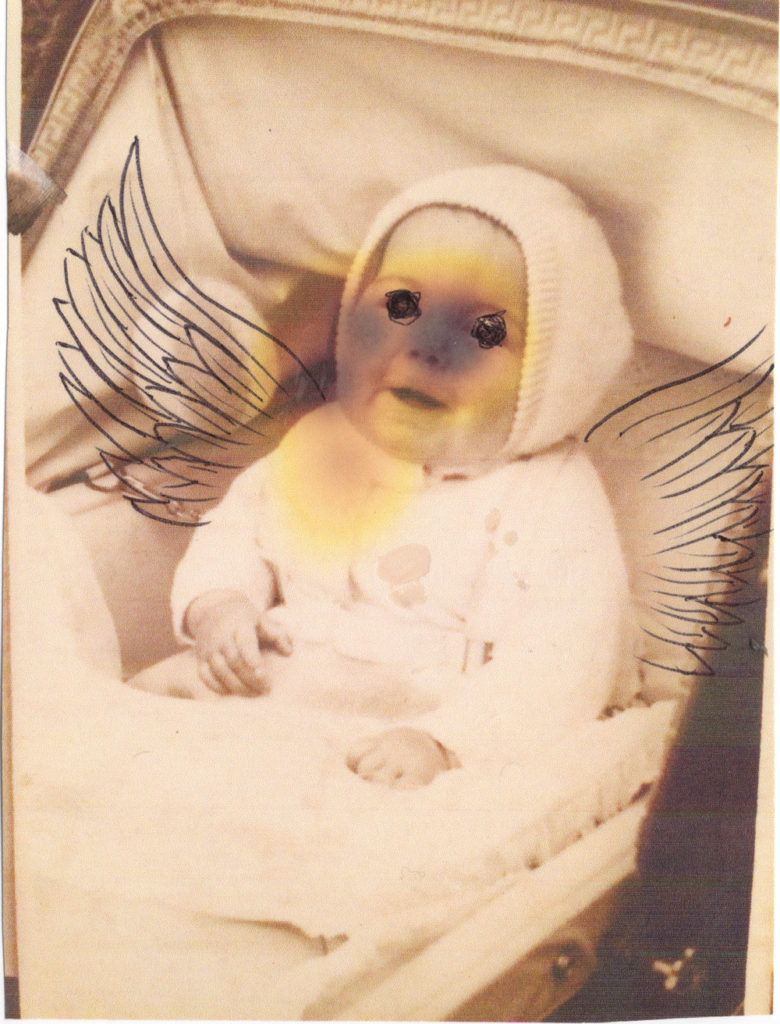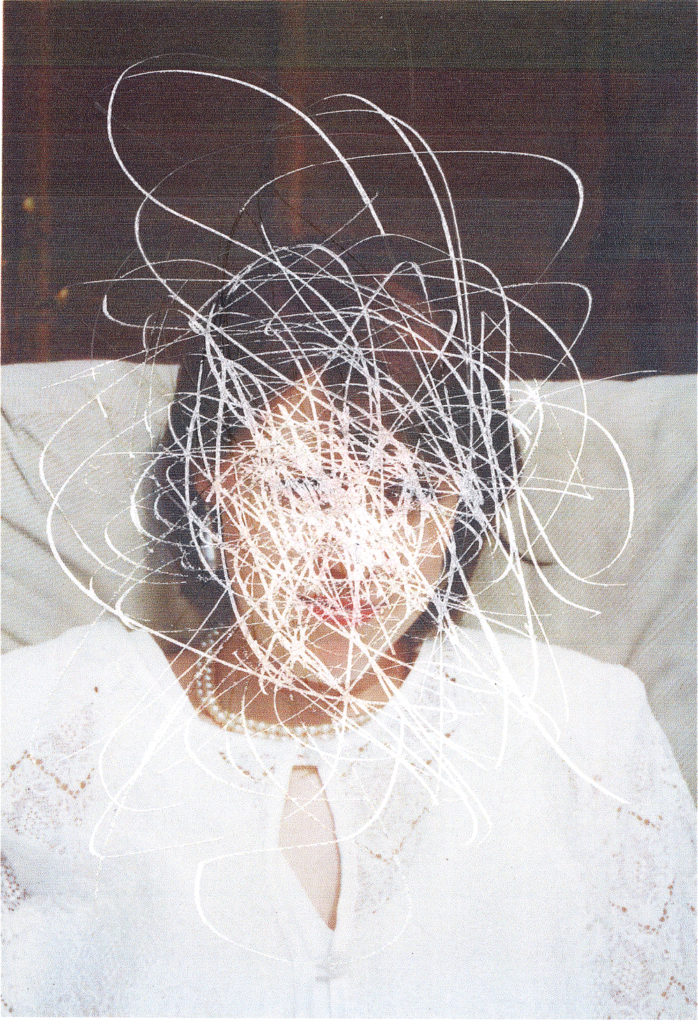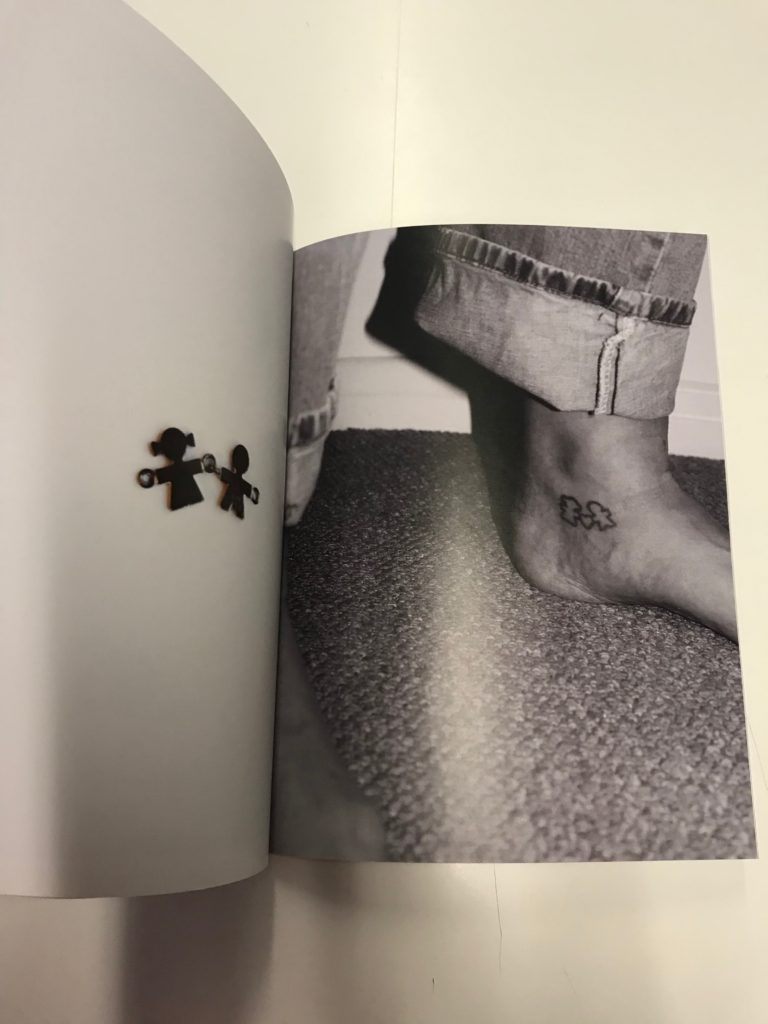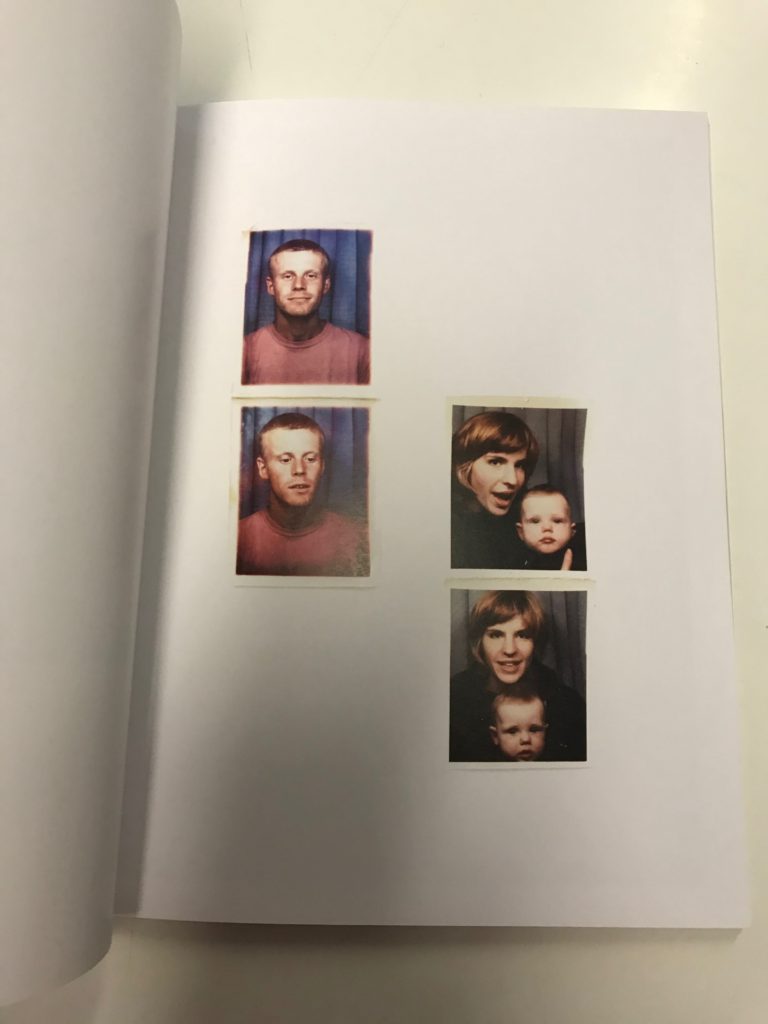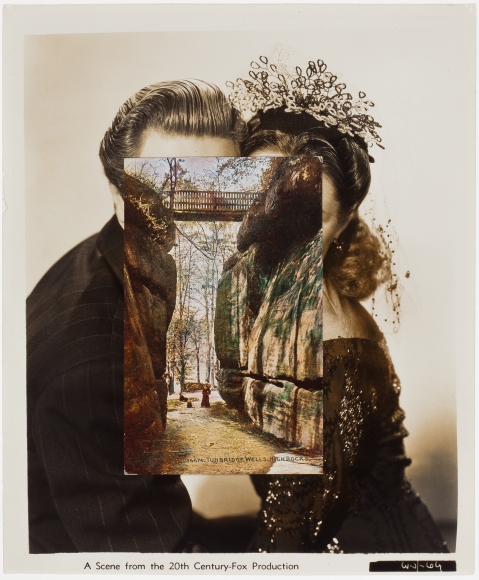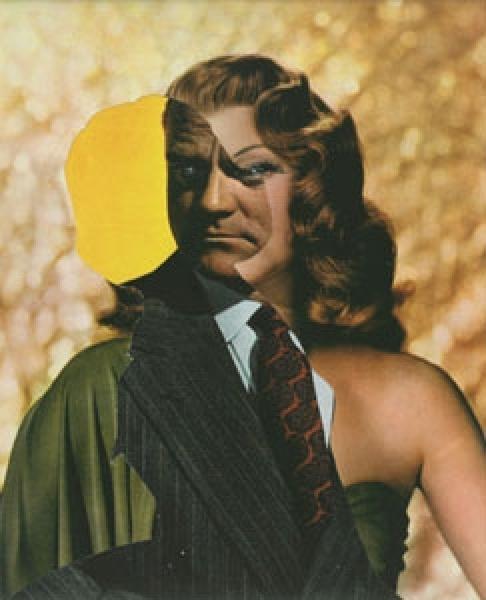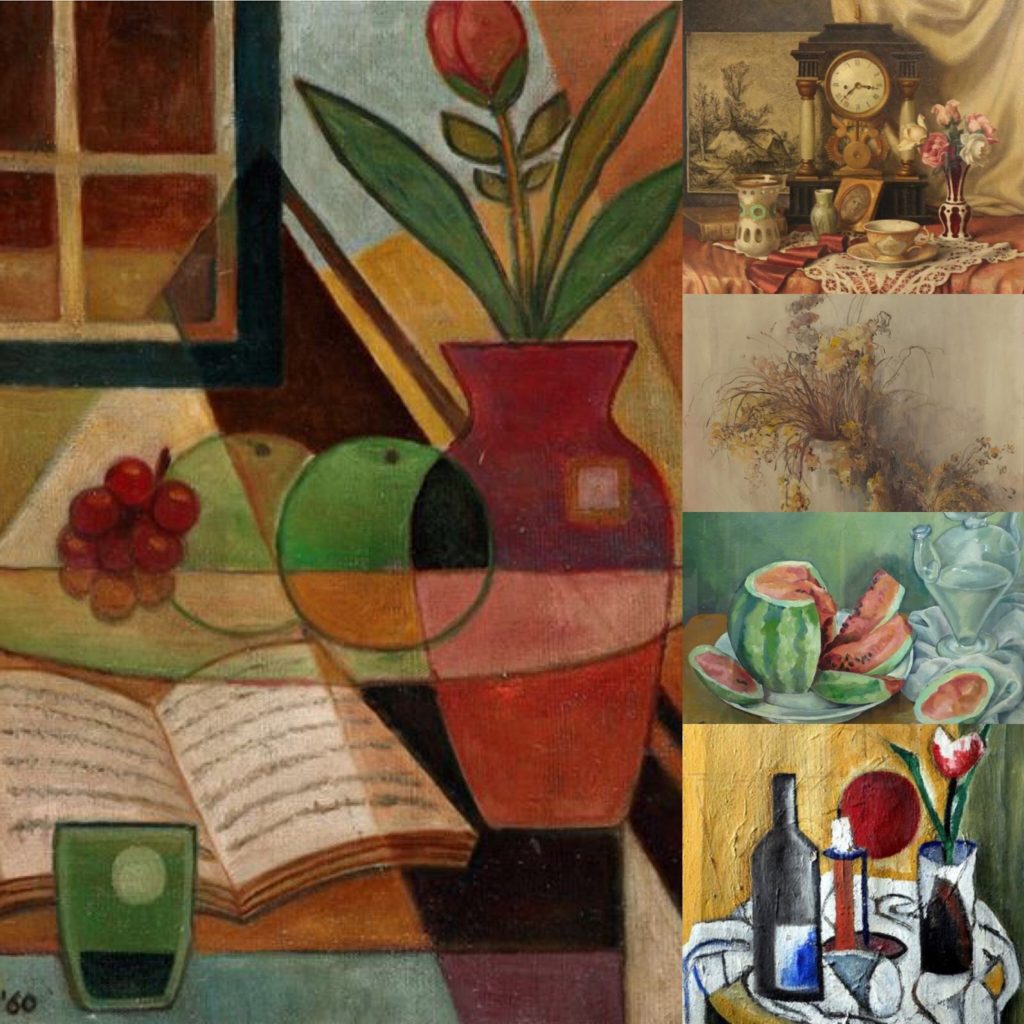My personal study will be revolved around my family history and the story of my family through my eyes, in chronological order to create a narrative. I chose to do this because the theme of liberation, led me to think about immigration which led me to think about both my parents, and how they left their home in Madeira to come to Jersey. This study will essentially be me exploring their, and my own, story. I will begin this project by exploring historical context, in order to help me understand economic and social issues in the late 80s when my parents came to Jersey. I then wanted to explore the concept of them arriving in Jersey. I will do this by exploring family images and through archival documentation. I then want to represent them meeting, falling in love and getting married by photographing important objects and old images. I would also like to explore significant locations in Jersey that have importance to my parents before I was born, and also to me. Towards the end, its also important I represent my parents splitting up and find a way to show their new lives now through images. My first photo shoot will be me documenting family documents and images. My second shoot will be me taking images of important locations relating to my story around Jersey. My third shoot will be conducted while I’m on holiday, and I will be photographing important locations to my parents. My fourth shoot will be something related to montage making from family images.
Daily Archives: November 20, 2019
Filters
Artist References: Shiela Pree Bright; Plastic Bodies

Sheila Pree Bright on Plastic Bodies
“This body of work addresses the loss of personal identity many women experience, specifically women of colour,” she said.
“American concepts of the “perfect female body” are clearly exemplified through commercialism, portraying “image as everything” and introducing trends that many spend hundreds of dollars to imitate. It is more common than ever that women are enlarging breasts with silicone, making short hair longer with synthetic hair weaves, covering natural nails with acrylic fill-ins, or perhaps replacing natural eyes with contacts.
“Even on magazine covers, graphic artists are airbrushing and manipulating photographs in software programs, making the image of a small waist and clear skin flawless. As a result, the female body becomes a replica of a doll, and the essence of natural beauty in popular American culture is replaced by fantasy.”
Biography
Sheila Pree Bright’s career began in her teen years photographing the gangsta rap scene in Houston. In 2003, she creates her MFA thesis photo series, Plastic Bodies. This was featured in the film Through the Lens Darkly. She won the center prize at the Santa Fe Center of Photography in 2006 for her Suburbia series. She had her first solo exhibition at the High Museum of Art. In 2014, she went on to do her series 1960Who . These series were portraits of famous civil rights activists from the ’60s and ’70s. She plastered these images on large public walls. In 2014 and 2015, she traveled to Ferguson and Baltimore after the murders of Freddie Gray and Micheal Brown. These images formed her series #1960Now. In 2018 the book was published.

Analysis
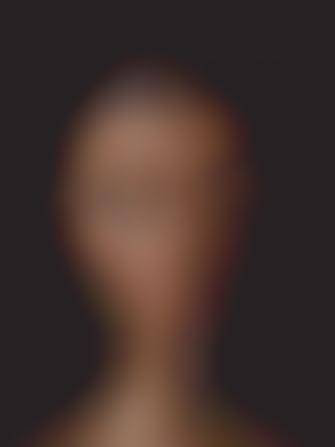
Technical
The photo has been taken in a studio setting so there is studio lighting which you can see on the left side of the subjects face and more shadow on the right side. The aperture must have a bigger number because there is a shallower depth of field which is seen in the way that the face is in focus but not the neck.
Visual
The image has been composed so the doll’s face is in the center so your focus is on the doll and its asymmetrical face.
Conceptual
The artist’s aim behind this image is to demonstrate unrealistic beauty standards presented through dolls. She specifically looks at it from a black identity point of view in the way that she believes black women are misrepresented in dolls. This image specifically she was trying to show how dolls always have had makeup when a real woman doesn’t always wear makeup, how a real person’s eyes are a lot smaller. In her interview, she talks about contact lenses which show in this image in the way that half of the dolls face has a green eye and the other a brown eye. Bright believes that dolls are a false representation of how women are physically formed and become unrealistic models of beauty that influence children.
This image is part of a series of images by Shiela Pree bright called Plastic bodies created in 2003. The focus of the series was the misrepresentation of black women in dolls and Barbie. It focused on unrealistic beauty standards and unrealistic body stereotypes. Sheila Pree Bright is quoted to have said ‘ Although Barbie serves as a toy for children, she represents much more. The doll somehow becomes a model of beauty, a false representation of how women are physically formed. In some cases, women will aspire to this model to the extent of deconstructing their own image by various forms of beautification. I show how these extremes are illusions by using models and dolls as the subjects’. Bright has taken the image with a main front light on the left side of the face leaving a small portion of the face in shadow. Bright’s concept, of lack of correct black female representation, ties in with other works she has done. Her work always focuses on civil rights and racial inequality.
inspiration from past personal studies
To begin my research for my personal investigation, I will take inspiration from examples of personal studies from the last couple of years from students very personal and mature subjects. I looked through photo-books from previous year 13 students to gain ideas.
Matthew Knapman: Is that My Blue Butterfly?

His project focuses on the life of his mother, diagnosed with metastatic breast cancer. The photo-book contains archival images that have been drawn, scratched and edited in order to illustrate his emotions and what his mother was going through. To convey his emotions through the photos he has used destructive methods such as using chemicals to showcase his anger and grief. What I like about this photo-book is that he uses art as a visual guide to tell the audience his mother’s story regarding the illness. He includes personal items into the photo-book such as his mothers hospital bracelet and a note which explains the reason behind the title. When creating my own photo-book, I would also like to add personal items, such as documents, in order to create a personal connection between the photographer and viewer.
Jude Luce: All my love
His photo-book gives insight into his family life. He displays this constant theme through photos of landscapes and objects in order to convey a deep, poetic meaning. Portraits have also been included to showcase the relationships he has with others and to display these individuals emotions. There is juxtaposition in his photo-book where he presents his mum and dad’s relationship when they were together with his own relationship. Through his photo-book he aims to showcase his development through his parents divorce and how that has shaped his life. He wanted to display an obvious them of attachment but also an underlying theme of detachment. Like Matthew Knapman’s photo-book, he has also included sentimental items in order to help convey his narrative. The concept of presenting his life as stable, depicted through his relationship with his girlfriend, as well as unstable, through the divorce of his parents, displays contrast since the viewer gets to see two sides.
Artist reference:Chris Mckenney
Christopher McKenney is a conceptual artist from Pennsylvania specializing in horror surrealist photography. He is also known for his live concert photography alongside his ability to capture his concepts. In 2012 he went to the woods with only a sheer, a chair and a frame, he began taking photos. He achieved the images below by self-portraits in which he put the sheet over his head and photo-shopped his body out.
‘I like taking away identity when photographing and to leave people thinking. I only make the photos I do to express myself and what other people see or think is up to them, as long as I make them feel anything I’m OK with that.’
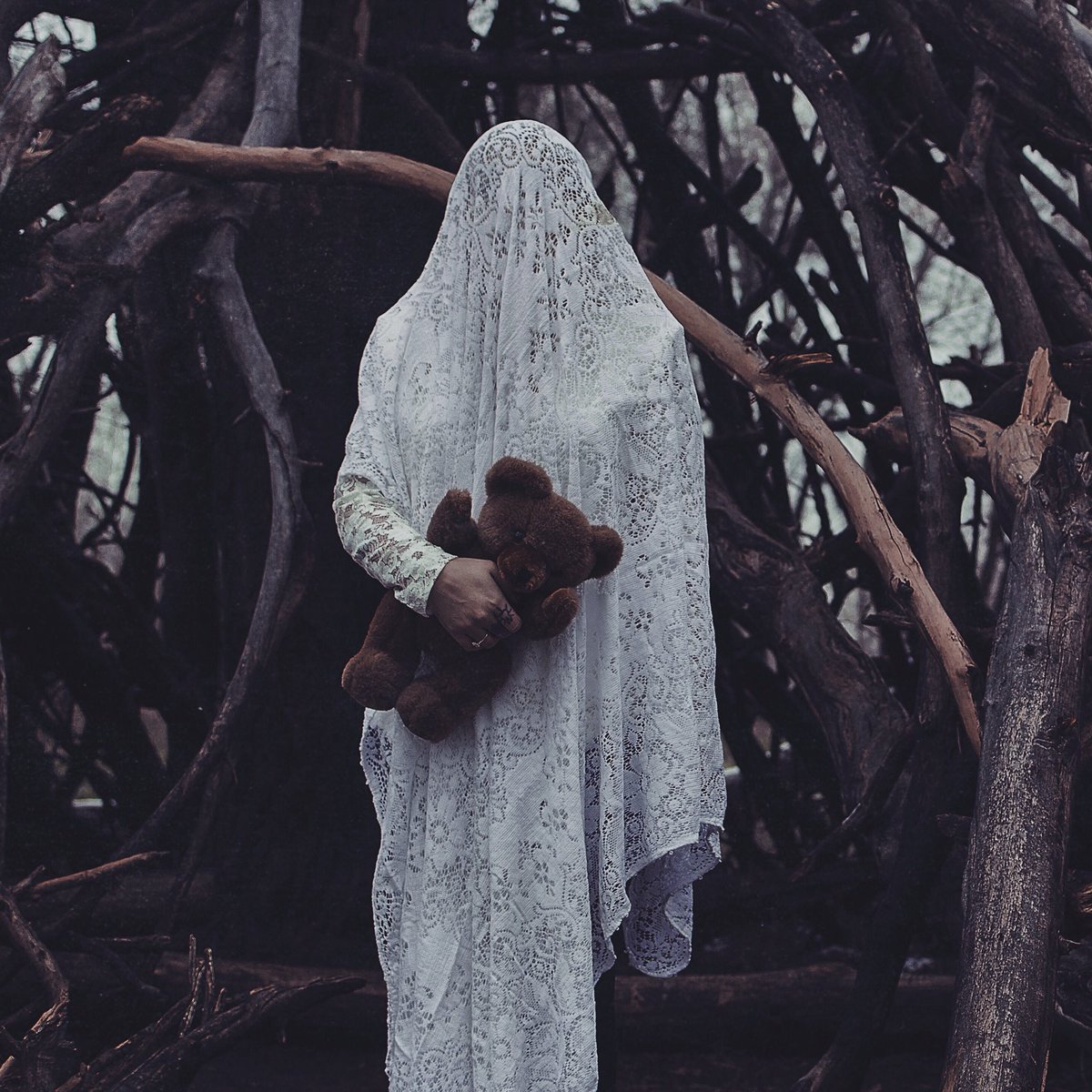
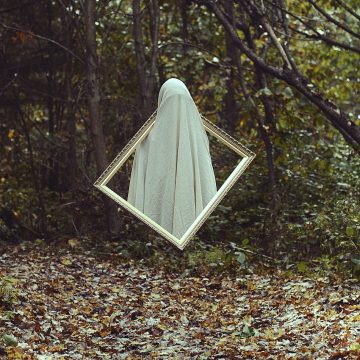

McKenney has used natural daylight to capture this image, the colour tone is fairly warm from the fallen leaves. This is a self-portrait which was taken on a self-timer so that he had time to put the sheet over his head and position himself in the seat. There is high level of control in this image as he is manipulating where he places the chair, how he puts the sheet at an angle, the background, it can be seen as a tableaux vivant as he is essentially acting out a concept. The textures are rough with the dead leaves collated on the forest floor and the green leaves blowing in the wind which contrast with the dull prickly branches. The image is neither over or under exposed, McKenney achieved his by trial and error as well as editing in photoshop when erasing his body from the chair to create this ghost like image. The project itself is called ‘Self-Ghosts’, McKenney doesn’t go into detail about the idea behind the concept and says it’s up to the audience to decode their own concept. Personally, I think that he is representing the idea that we make ourselves evil, we all have hidden demons, some people choose to let them free by exerting criminal act for instance whereas other leave their self-ghost dormant. On the other hand, I believe that McKenney is also trying to portray the idea that both the supernatural and ‘real world connect in everyday life. The contrast between the the chair/sheet and the ghost creates the concept that the supernatural isn’t so different to use and that they can experience the same world as us. The focal point is the floating sheet and then the audiences eyes moves out to see the chair then the forest setting, this links with this concept and how McKenney is telling a story with the the ‘normal’ background and the abnormal ‘foregroud’.
Contextual Study
The introduction of David Campany’s book So present, so invisible claims that “Photography is the easiest thing to talk about, and for that reason it can be the most difficult.” He comments that people with articulate voices are able to “see past the obvious” and “say something about the profound aspects of the medium”.
An intriguing piece of information that Campany mentions is that photographers seem much more approachable when they were talking freely to others and not addressing him. Something about this format of conversation is freeing since he feels like he was eavesdropping.
Campany is often invited by artists and photographers to write about their practice. He states that a conversation is better than preparing question in advance since he doesn’t want to “interrogate”. This is why he never fully researches in advance since he wants to converse with the photographer and discover more. Campany says that the best moments come when both individuals are clarifying each others thinking. No matter the length of the conversation, nearly all were open ended. No one knew where the conversation might go or where things would end up.
JOHN STEZAKER
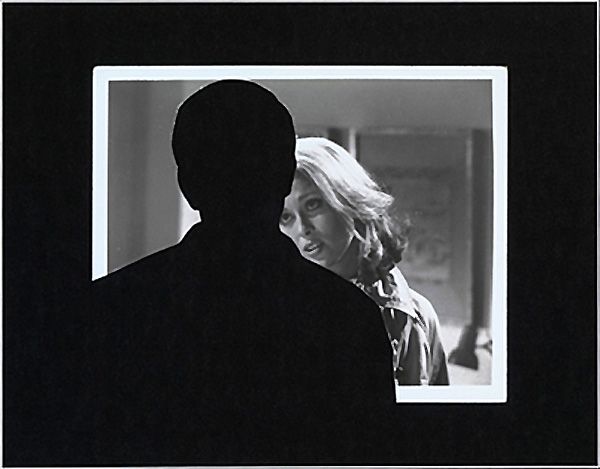
John Stezaker has been making collages for over forty years, by combining 2 photographs or by removing an element from one photograph. His art is associated with surrealism, situationism and pop. Stezaker uses familiar materials such as postcard pictures and generic film publicity photos. From these ordinary images he has been able to express his creativity through collages.
Initially his painting were “not as interesting as his collages” and the collages were “not as interesting as the original image”. This led to a crisis in his first year at London’s Slade School of Fine Art, which resulted in him giving up art. Stezaker didn’t know how to improve on his photos because in order for him to be fascinated with an image it had to “already be there, it had to be found”. This is when he began to use a process of collecting, fragmenting and reassembling images as a primary activity. Around this time he also discovered situationism which created justification for what he was doing.
Digression is important to Stezaker because “it is a way of escaping conscious control”. creating collages involves digression and allows a “conscious contemplation of the image in its dream state”.
From the start, he thought of his collages as “cutting into, opening up”. That is why so many of his early titles relate to surgery. He wanted to open up a space that he thought was closed. Somehow the cut also helped to create a feeling of depth.
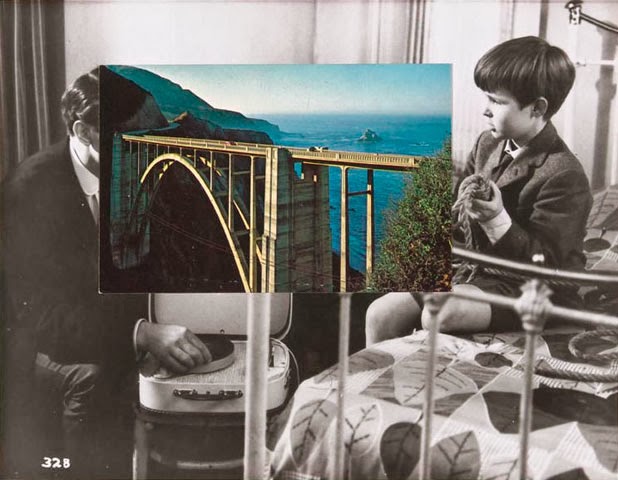
The photograph is called ‘Bridge’ and is part of Stezaker’s masks series. The image seems to depict the relationship between the child and the man, which I assume is the boy’s father. The boys seems to be showing something and he attentively watches. I instantly made the assumption that the boy and the man are related due to their positioning; Their gaze is towards one another, they are close to each other and they seem to be in the boys room.
The black and white image and the photo of the bridge combine together well since they appear like they are meant to be together. The smaller image is vibrant and there may be a deeper meaning behind the choice of this photograph. The placement of the bridge reinforces this assumption.
The section of the bridge closest to the father is more complex in structure. This could be a reflection of the man since fathers are complex and have greater life experiences. Whereas the bridge in the sons direction is simpler in structure as he has yet to face these hardships since he is only a child. He doesn’t have any responsibilities yet and therefore does not need extra support.
The photograph could also represent a shared memory between father and son; A memory of a holiday perhaps since the image depicts a landscape.
A bond between a father and his son is strong and usually starts from an early age. The bond one would have with their father would be completely different to one had with a mother. I feel like the photograph touches on the subject of bonding and appreciating time together.
When I first explored his work I thought he simply placed one image on top of the other. However upon further inspection, I found that was not the case at all. I like how he has chosen to combine old images with different aspects of nature or architecture. Though at first glance it seems like they are just two separate images, you come to realise that the images fit together perfectly.
contextual studies
Contextual Study Wed 23 Nov:
Conversations on Photography
Methods > Practice
This task is about providing a critical perspective on an artist’s work or specific image by reading other people’s point of view which will inform your own understanding, as well as offering different interpretations.
First, let’s read the Introduction by David Campany’s new book: So present, so invisible and discuss in class.
Secondly, select one of the interviews from the book where he is talking with world-class artists about their various creative phases and their rapport with the medium of photography. These conversations go beyond the simple interview to reveal complex relations between art and photography, photography and the world, word and image.
Broomberg & Chanarin
Daniel Blaufuks
Robert Cumming
LaToya Ruby Frazier
Lewis Baltz
John Stezaker
Paul Graham
Rut Blees Luxemburg
Jeff Wall
Susan Meiselas
William Klein
Stephen Shore







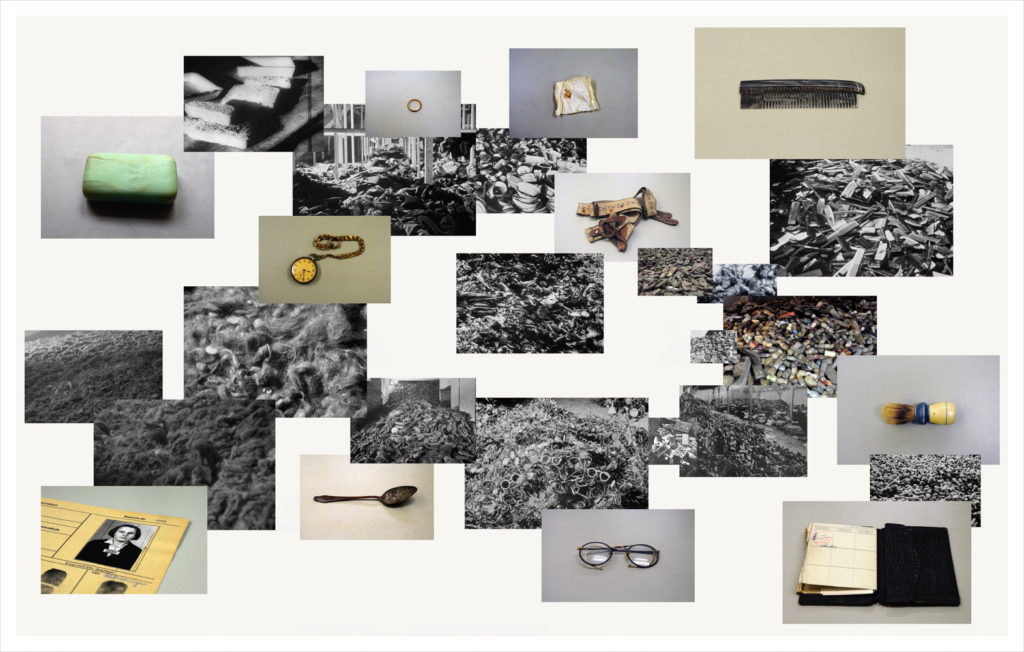

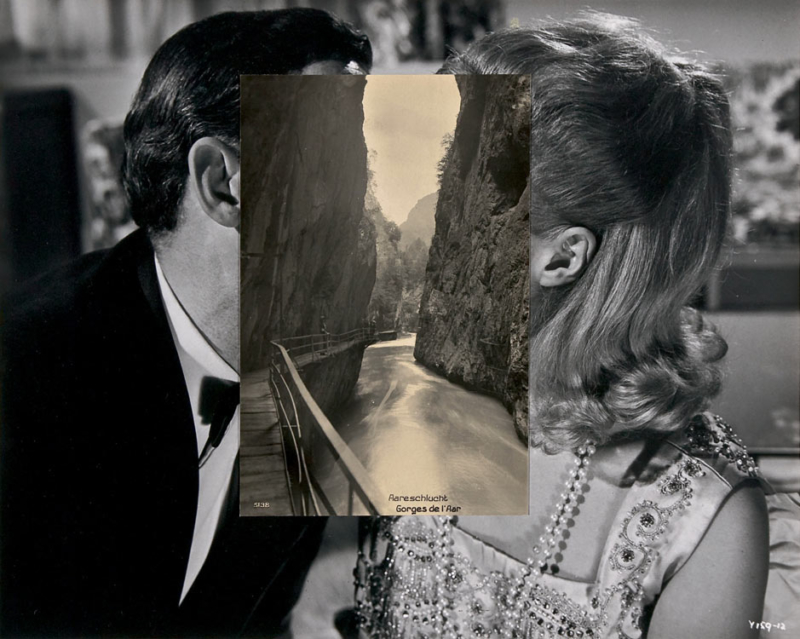

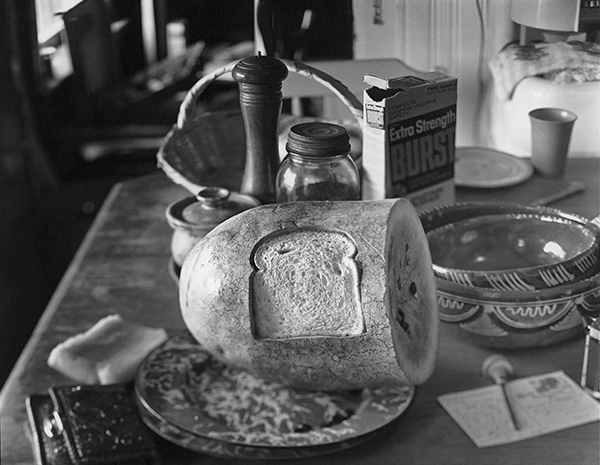
You can find the interviews here. M:\Departments\Photography\Students\ISLANDNESS\Contextual Studies\So present, so invisible
- Read interview, make notes and identify 3 quotes (that are thought-provoking, revealing or contentious_
- Select one image from the photographer and analyse in depth following this method: TECHNICAL, VISUAL, CONTEXTUAL, CONCEPTUAL – focus on the last two aspects of analysis to achieve highest marks
- Incorporate the 3 quotes above into your analysis and interpretation of the image and artist’s work (this is essential to provide a critical perspective)
- Make sure you comment on the quotes, either for or against, (do YOU agree or disagree with what the artist is saying) in developing a critique and informed argument.
- Ensure you explain why agree / disagree with the comment!
- EXTENSION: Research a second source of information about the artist or his/her work (interview, review, article, text in a book etc), identity quotes and incorporate in your writing.
DEADLINE: This is essentially a piece of Independent Study (homework) that you need to complete outside of lessons. Post must be published on blog by Wed 30 Nov.
Contextual Study WED 6 Jan:
Photography Decoded
Issues > Theory
This task is about adopting critical thinking about photography by applying theory into practice; interpreting and analysing an artist’s work or specific image.
Read Introduction here:
Select one of the questions listed below from the book Photography Decoded authored by curator and writer Susan Bright and curator, writer and photo-historian Hedy van Erp.
Is it Real?
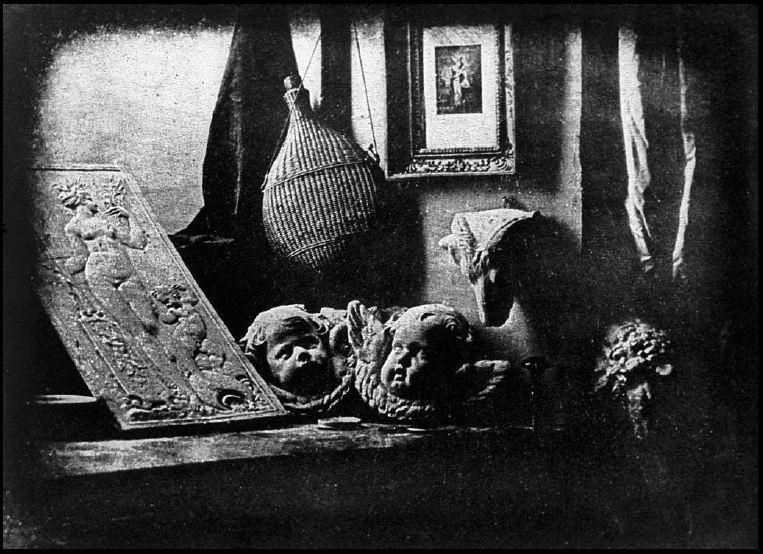

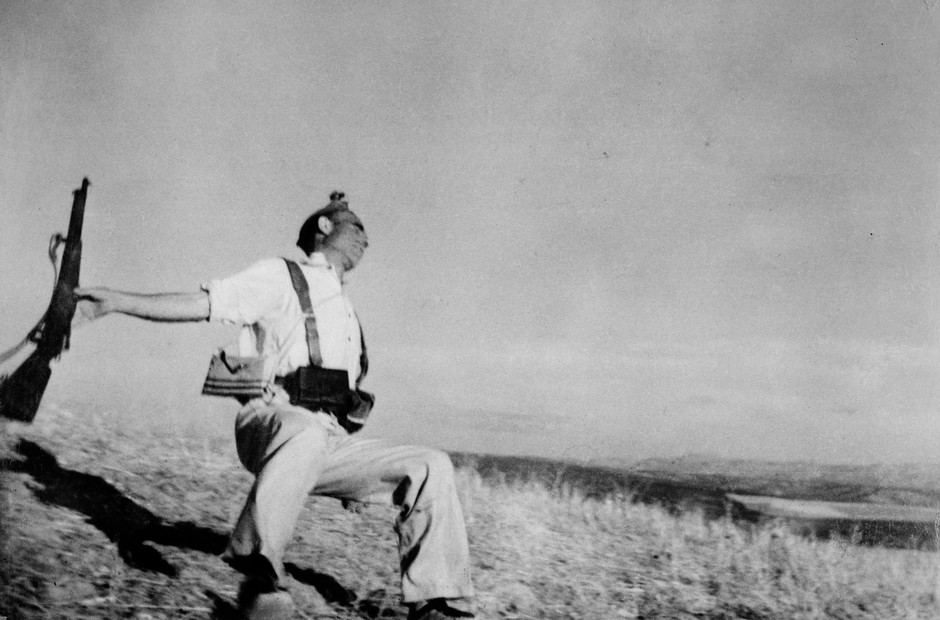
What do I remember?


How can you tell a story?



Can lying be OK?



What goes where?


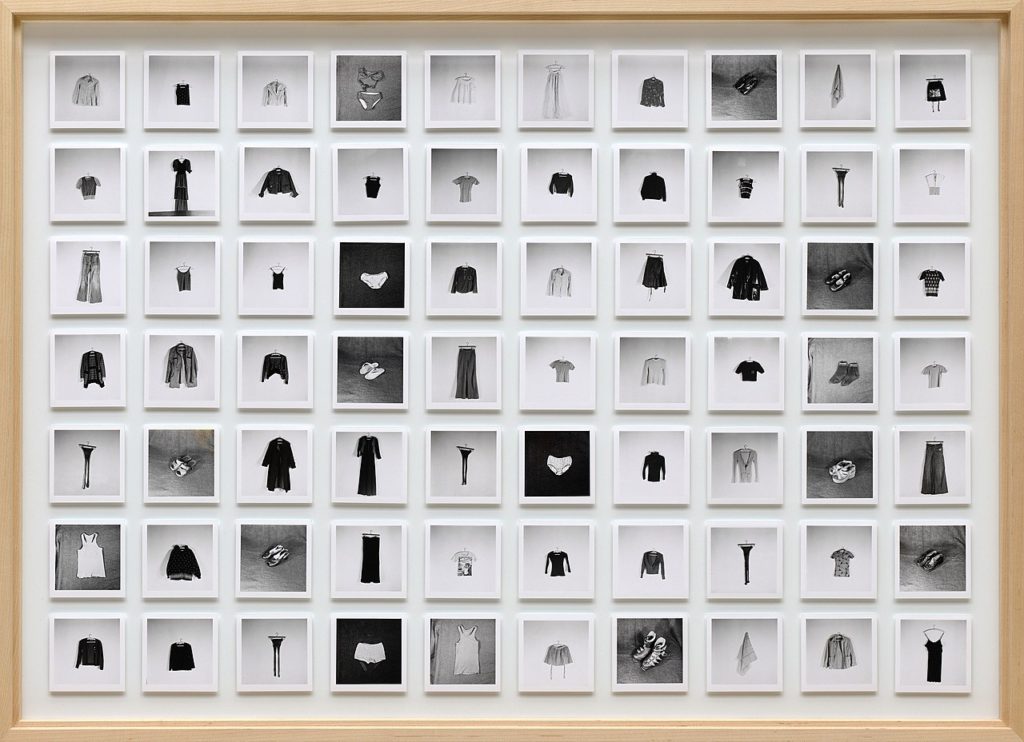
Why is it famous?
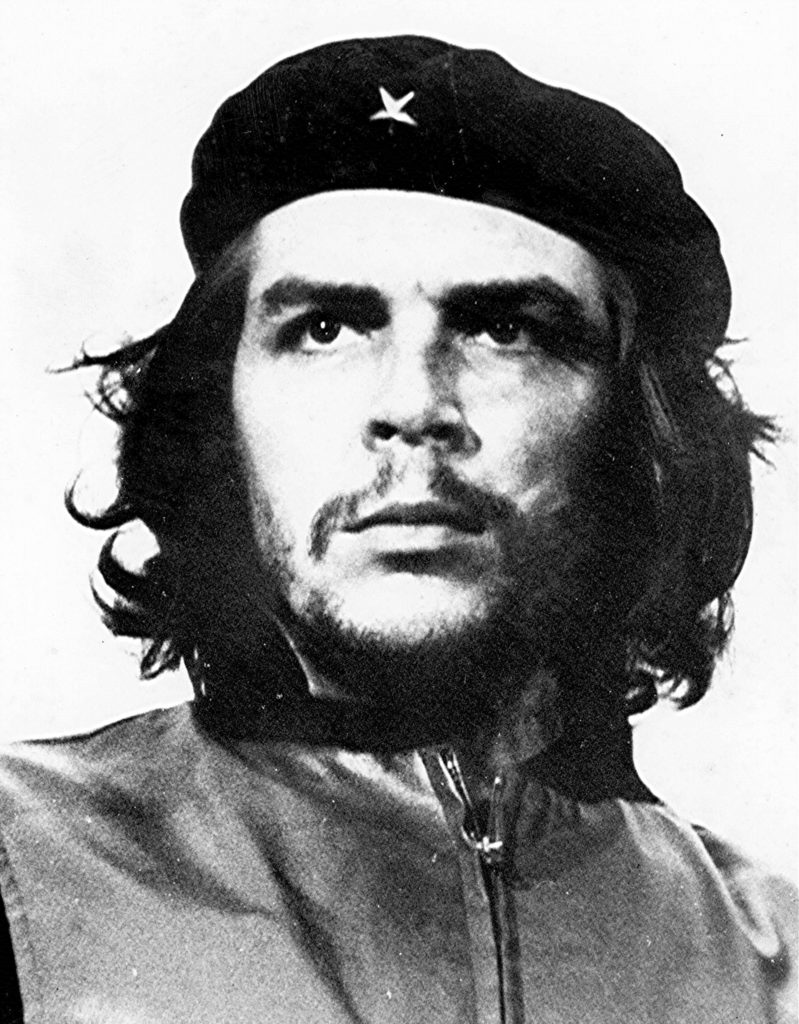


What makes it problematic?



Who do you think you are?


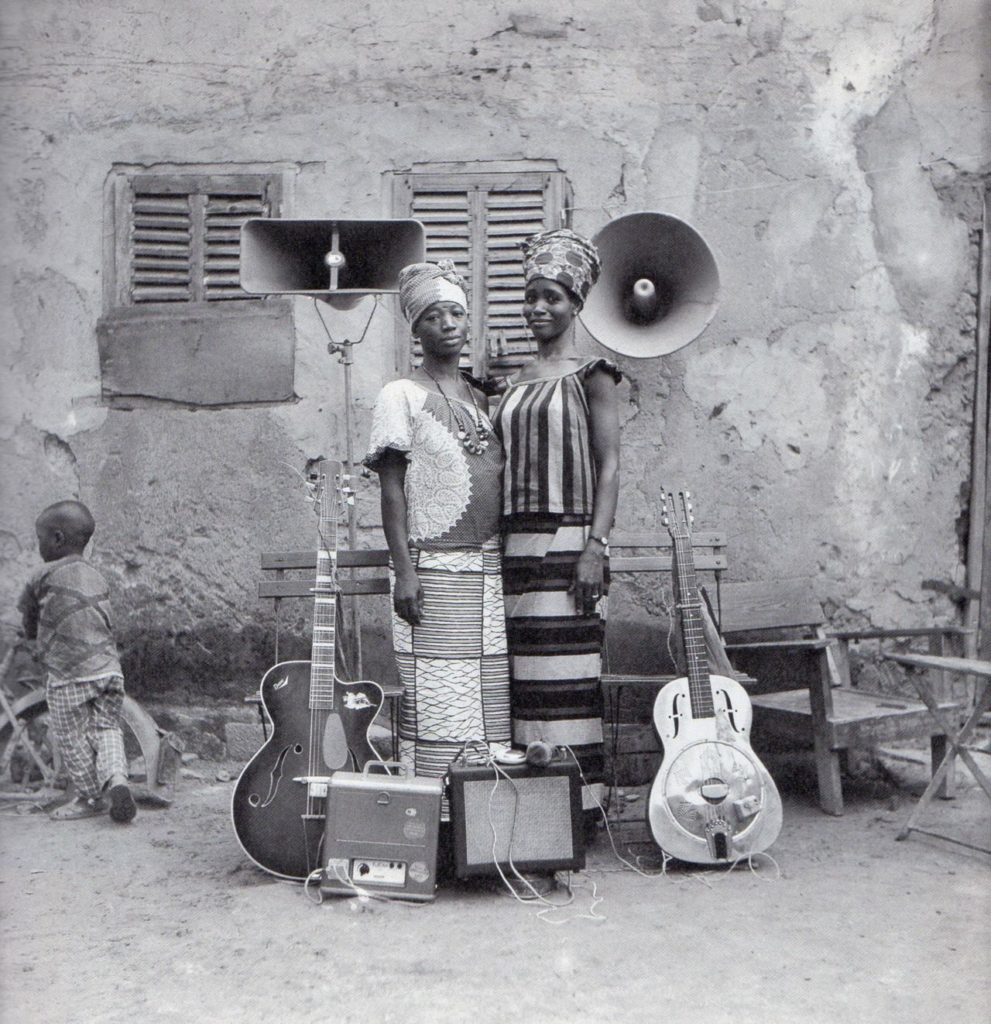
Stealing or borrowing?
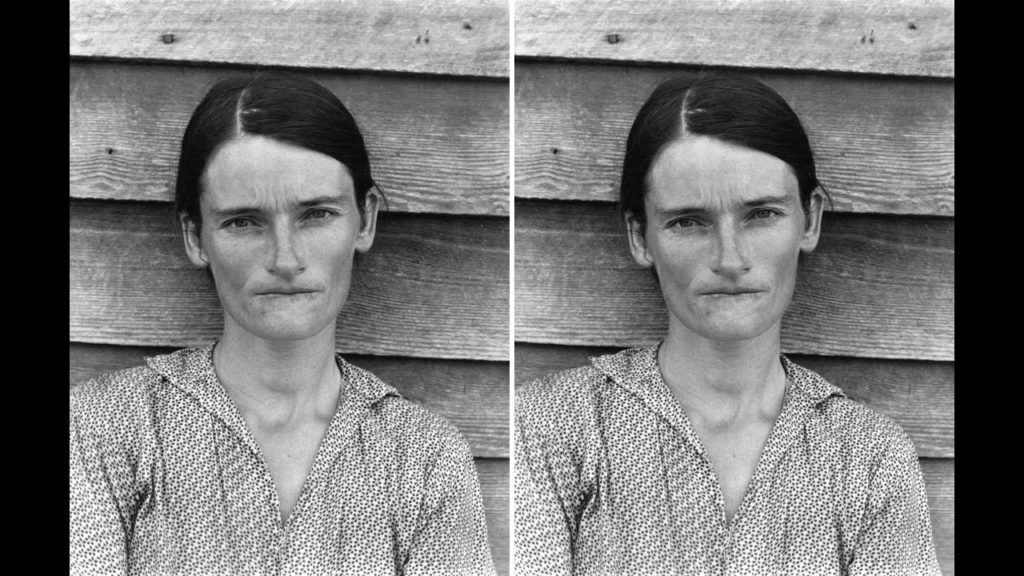

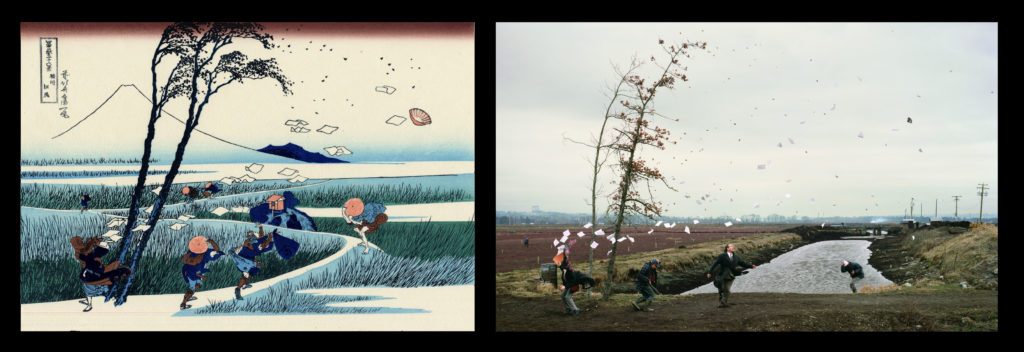
Public or Private?

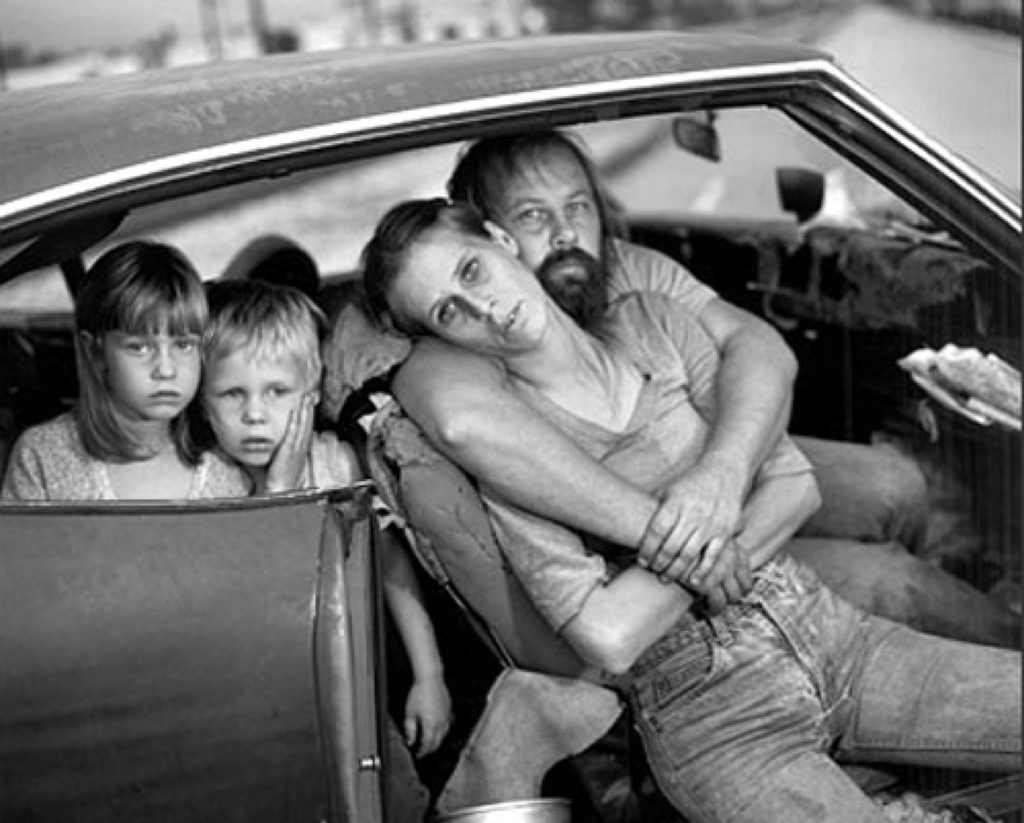
Follow these instructions:
- Read text in detail, make notes and identify 3 quotes
- Select one image from examples mentioned in text and apply your own interpretation of the photograph by applying the theory and critical thinking from what you have just learned from reading the text.
- Incorporate the 3 quotes above into your interpretation of the image and make sure you comment on the quotes, either for or against, in developing a critique and informed argument.
EXTENSION: Read a second text from above and apply theory and critical thinking into your writing.
DEADLINE: This is essentially a piece of Independent Study (homework) that you need to complete outside of lessons. Post must be published on blog by Wed 13 Jan.
For further reading and study go to this blog post here on Photography and Truth:
Reference (Still-Life Images) Exploring Still Life
History to Still-Life
In the early 1960s, the genre of Still-Life became popular in Northern Europe and it Dutch and is known to be an independent photography style. The style is originally formed in Dutch and started to become renowned for being concerned with Khar (observation with the natural world). The objects photographed are usually positioned within a frame and create the objects showcased are usually considered to symbolise religion and mortality, reflecting the artists culture. The symbolism is shown through different objects (mirrors, candles, glasses, vases, watches, crowns etc..) all of which can represent aspects such as death, power, human life, as well as wealth and beauty and were all discovered in the ancient burial sights. Therefore, still-life being the composed portray of objects was considered broad and later on they were condensed into sub categories because of the different objects being photographed being different and having a different symbolic representation.
The Romans and Greeks also made a similar form of art which was known as Frescoes which is where they painted on plaster. This art type was modified to include more religious elements, meaning that floral designs become more popular because of them representing areas around the world which are all blooming in the same vase. Moving onto becoming closer to the modern day, this overall technique was adopted by well known artist Van Gough who painted images which included sunflowers, water jugs, as well as wine bottles.
Contemporary Still Life
What is Contemporary Still Life?- “Contemporary Still Life brings together approximately fifty paintings, sculptures, drawings, tapestries, and photographs executed since 1960. The exhibition has been assembled with the intention of encouraging a rethinking of the traditionally narrow definition of still life”.
Laura Letinsky Case Study
Letinsky was born on Winnipeg and is a Canadian comtempoary photographer who is known for her still life photographs and graduated from the Yale School of Art in 1991. When starting photography, she started as a portrait photographer but matured through her photography to working with still life imagery. At present she is working at the Visual Art University of Chicago.
Her images reflect the famous Dutch still life but with a new feel which were described as “ripeness, freshness and decay”. This makes her still life different from Dutch still life, due to hers being more modern because of the elements included. She has said that she uses photography to convey our understanding of relationships and love which could link back to her “ripeness” in her photographs. It has been said that her association with still life associates with femininity, minor art and imbrication within the home.
Her Style..
- Aesthetically pleasing
- Landscape Images
- Simple camera settings
- Low ISO’s throughout
- Fully focused images (high shutter speeds)
- Monotone colours used
Mood Board
Analysation Image

Technical Analysis- Technically, we can see that the photograph has been taken with a simple camera setting, allowing conceptual factors to be an important part in the photograph. The shutter speed used must of been quick due to their being no intended blur on the image within the frame. There must have been a low ISO used on the photograph because of the soft lighting seen on the image which has obviously been done with artificial lighting which was created from studio lights. Their is an accurate white balance being used for the environment in. The aperture used in the photograph is seeming to be low because of the large depth of field in the picture.
Visual Analysis- We can see that this is a landscape image with the main focus being on the centre of the image which is a half eaten melon. Their are very monotone colours used in the image which helps to contrast with the yellow/orange melon which is placed in the centre of the image. The background is also seen as simplistic.
Conceptual Analysis- The creased table cloth is suggesting a sense of mess and uncleanliness. Due to Letkinskys work being about femininity, I personally am taking this unclean rug as a symbolism of an unpure women, and due to this being an object I feel as if the image is also representing women as not being objects.
Meaning behind this choice
After looking into both the overall history of still life as well as more in depth contemporary still life artist Laura Letinsky and her work, I decided that using still-life as a photoshoot is a good idea for my project as there is a lot of freedom within this subject and although the images are staged, they can still portray emotions and meanings.

